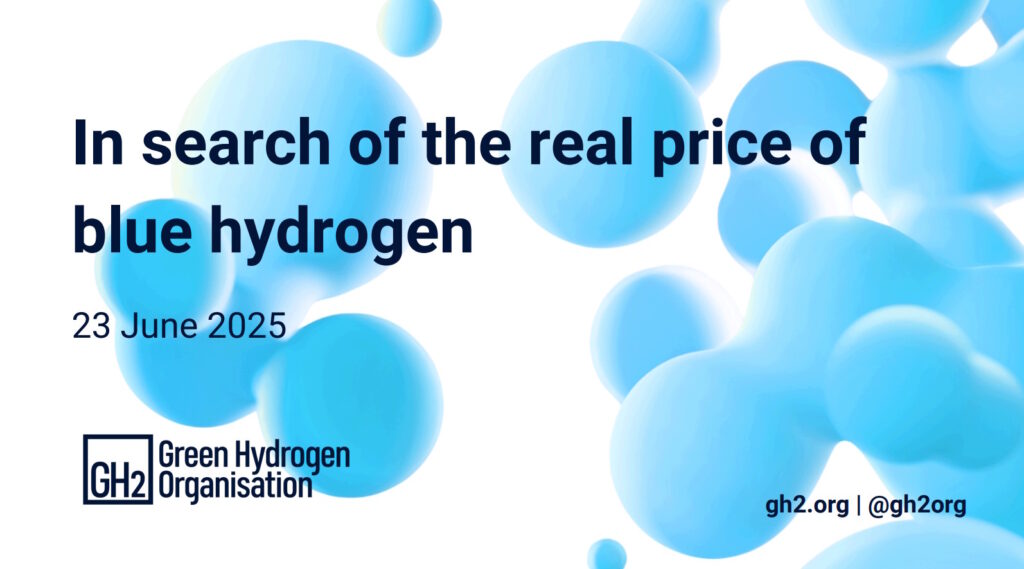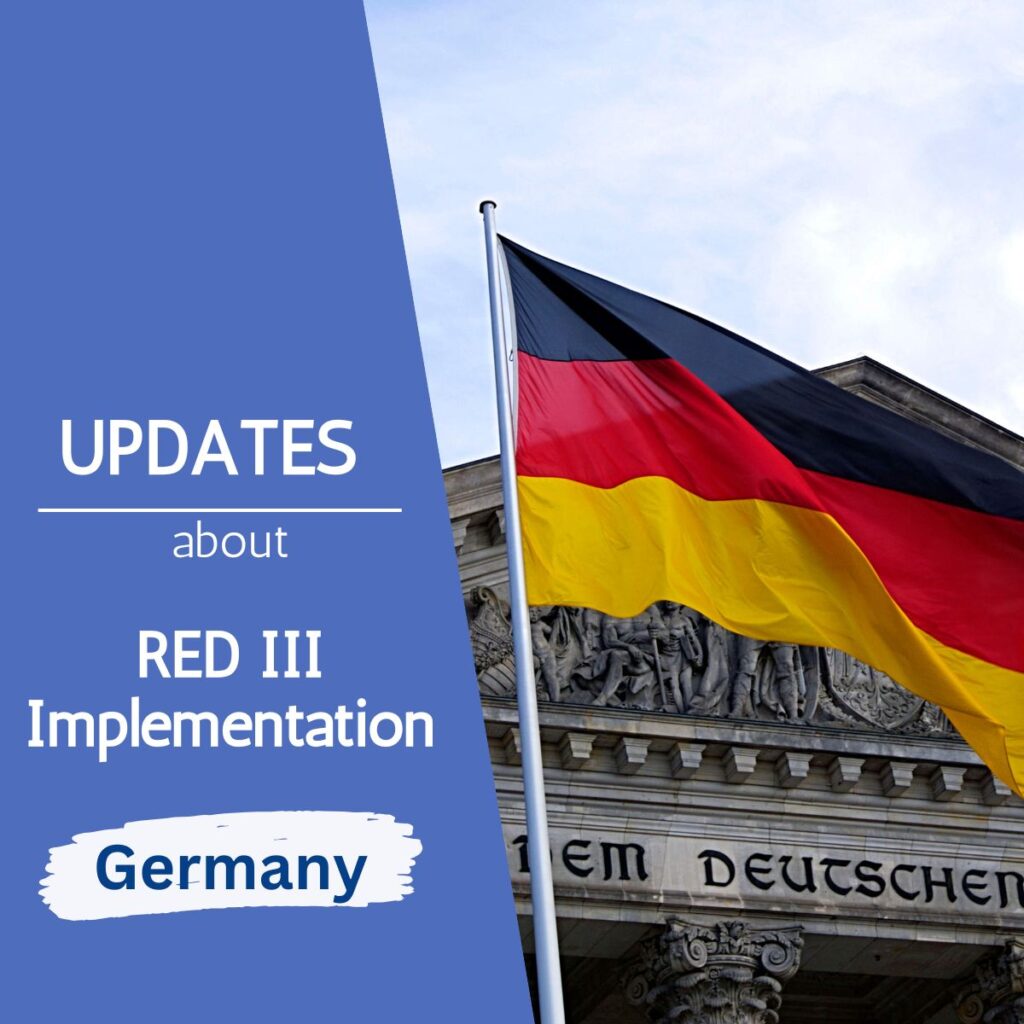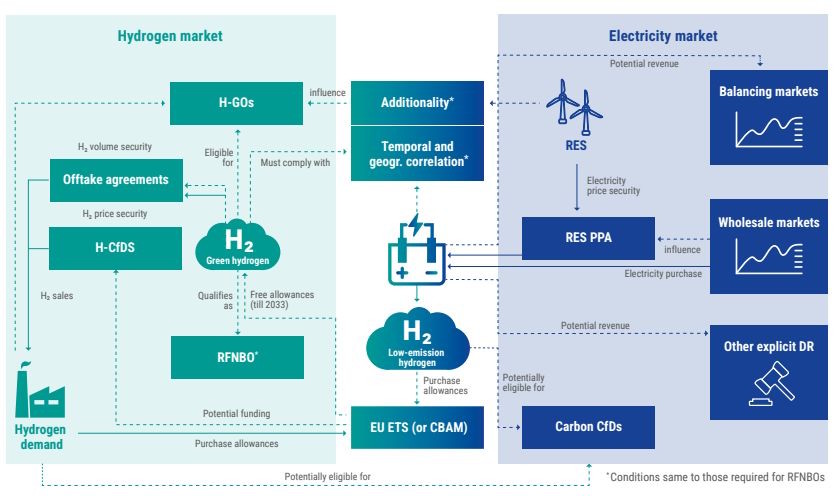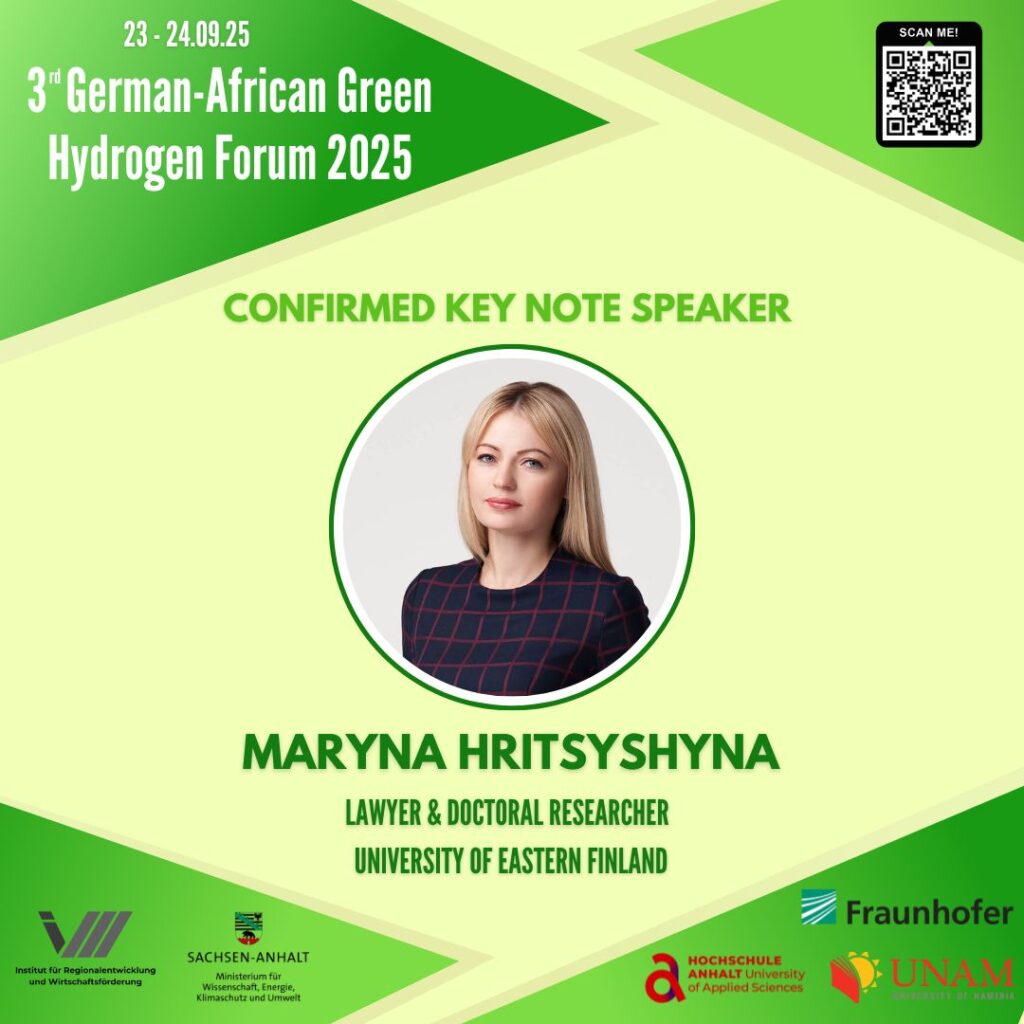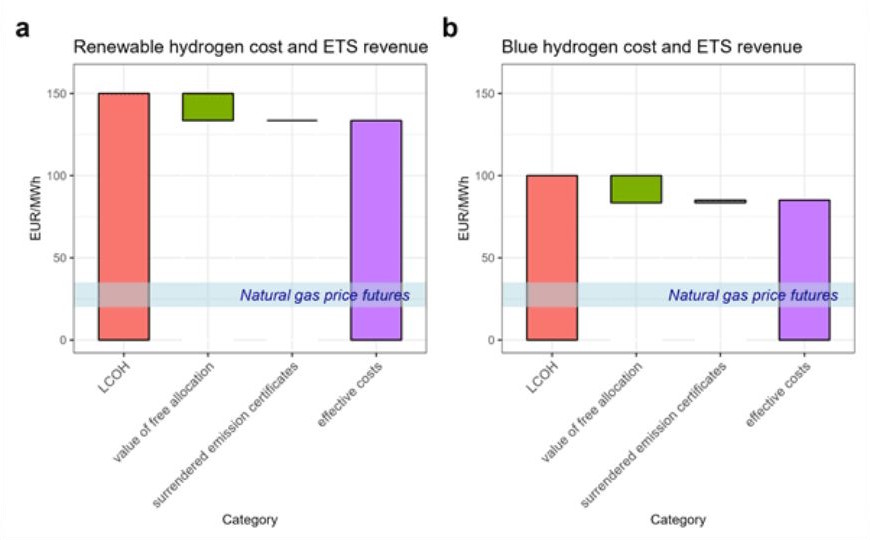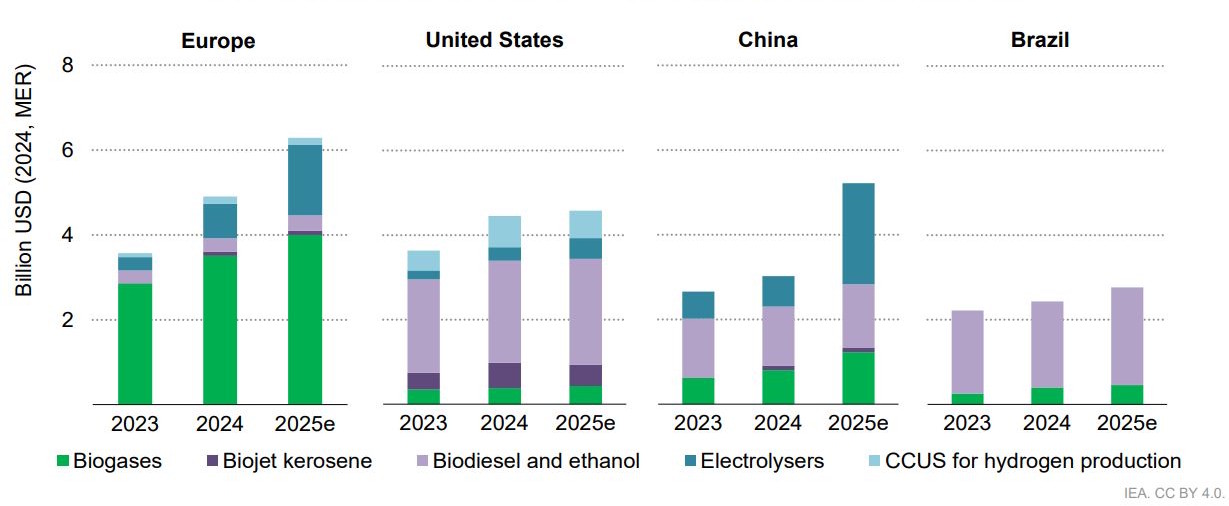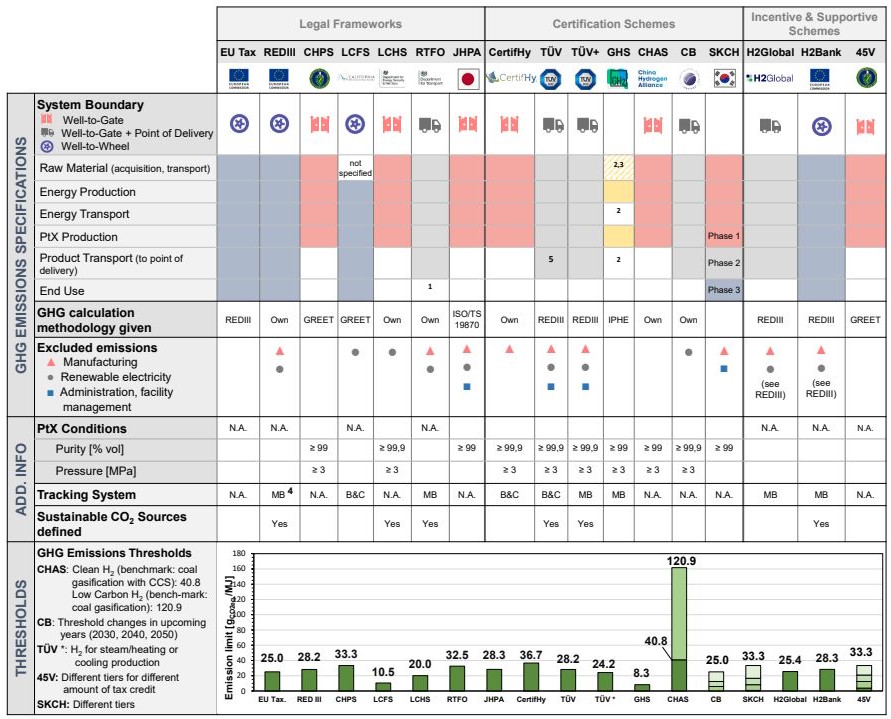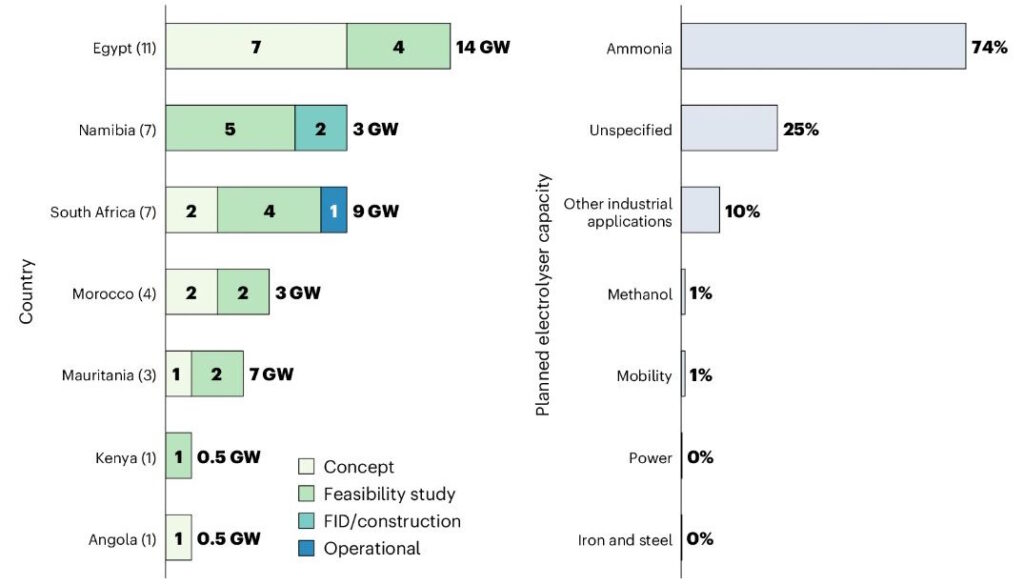EEA report
Renewables, electrification and flexibility — for a competitive EU energy system transformation by 2030

The EEA report ‘Renewables, electrification and flexibility — for a competitive EU energy system transformation by 2030’.
✅ Key Insights:
📌 The EU has made remarkable progress in cutting electricity-sector CO2 emissions over recent decades. However, decarbonising heating and transport — still dominated by gas and oil — lags behind.
📌 Scaling up domestic renewable electricity generation, together with improvements in energy and resource efficiency, can replace volatile fossil fuel imports with cleaner, lower-cost energy.
📌 If 2030 renewables and efficiency targets are met, variable electricity generation costs in the EU could fall by up to 57% compared to 2023 levels. In the long term, this means lower consumer prices, though near-term investments in grid flexibility and infrastructure will be essential.
📌 The shift to green hydrogen as an industrial feedstock will significantly increase electricity demand post-2030. By 2050, hydrogen use could rise more than tenfold compared to the end of this decade, with around 65% dedicated to industrial applications.
📌Meeting climate goals requires a rapid decline in fossil fuel use: annual oil reduction must double by 2030, while gas use must fall eightfold. This would cut the fossil energy share from 59% in 2022 to 6% by 2050.
📌 Urgent priorities include:
- Unlocking capital to expand renewable capacity to 77% of total installed capacity by 2030.
- Doubling system flexibility through smart grids, storage, and demand response.
- Strengthening EU-wide coordination to balance regional disparities and improve resilience.
